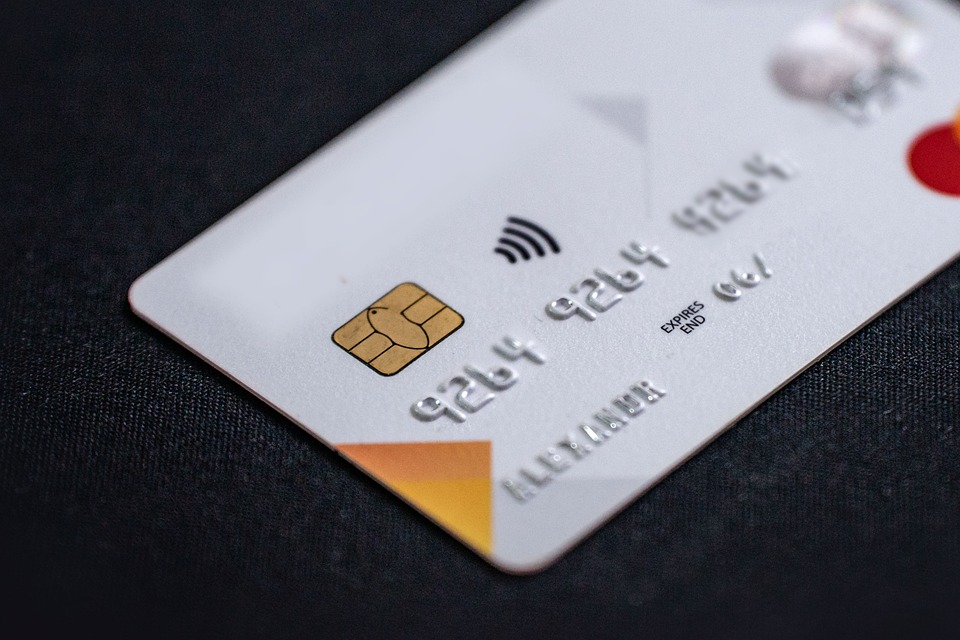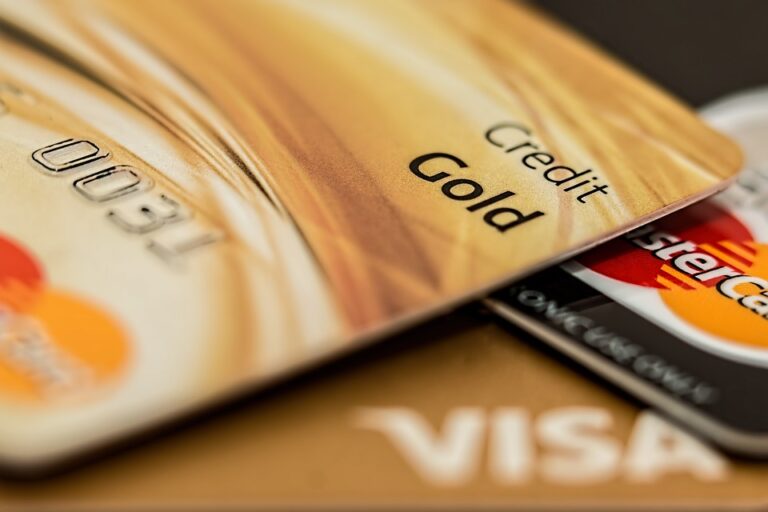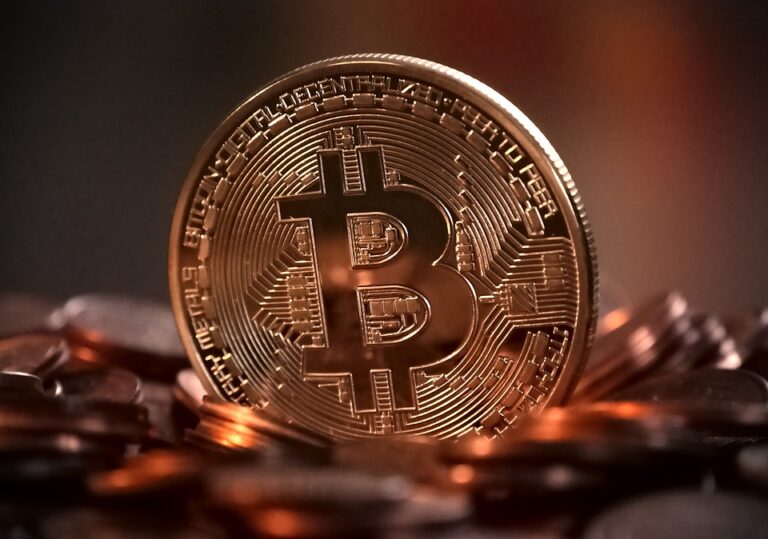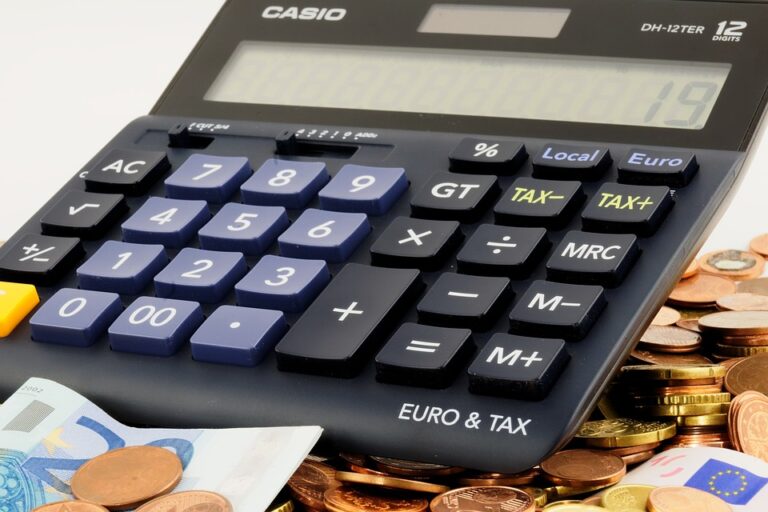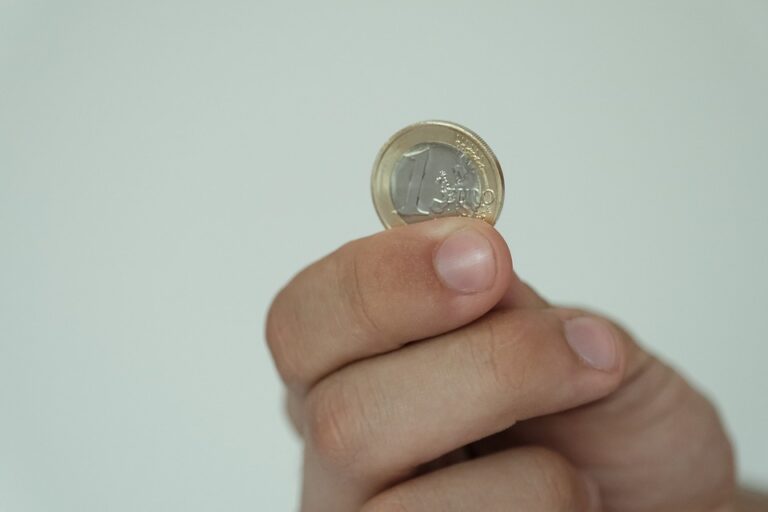Last updated Feb. 15, 2025 by Charles Zemub
In today’s fast-paced financial world, it might seem like an odd idea to rely on something more traditional like a money order. With the advent of digital banking, mobile payments, and online transfers, you might wonder why anyone would use such an ostensibly outdated payment method. However, money orders continue to play a significant role in financial transactions for many people across the globe. They offer a level of security and reliability that modern methods may not always provide. In this article, we will delve into how money orders work, their advantages, and when they might be the best choice for your financial needs.
What is a Money Order?
A money order is a certificate, much like a check, used to make payments. It is a paper document issued by a post office, bank, or financial institution, that promises payment of a specified sum of money to a designated payee. One of the key differences between a money order and a check is that the funds for the money order are prepaid, either by cash or bank transfer. This means that money orders are considered a more secure form of payment, ensuring that the recipient gets paid without the risk of a bounced check.
How to Obtain a Money Order
Obtaining a money order is relatively straightforward. Here are the steps you’ll need to follow:
-
Visit a Money Order Issuer: You can purchase a money order from a variety of places, including post offices, banks, credit unions, convenience stores, and retail outlets like Walmart.
-
Provide Payment: You’ll need to pay for the money order upfront. You can do this with cash, a debit card, or a bank account transfer. Some issuers may allow payment by credit card, but this is less common due to the risk of cash advances.
-
Fill Out the Money Order: Once you’ve paid, fill in the recipient’s name. This ensures that only the person or entity named can cash it. Additionally, fill out your details and any other information required by the issuer.
- Keep the Receipt: The receipt is a crucial part of the money order process. It contains a tracking number that you can use to see if the money order has been cashed.
How to Cash a Money Order
If you’re on the receiving end of a money order, here’s how you can cash or deposit it:
-
Verify the Money Order: Before cashing, inspect the money order for authenticity. This can often be done by checking with the issuing institution’s online or phone verification services.
-
Sign the Money Order: Like a check, you’ll endorse the back of the money order.
-
Cash or Deposit: Take the money order to your bank, credit union, or anywhere that cashes money orders. Some retailers will also cash money orders, but may charge a small fee.
- Identification: Be prepared to present a government-issued ID to verify your identity.
Benefits of Using Money Orders
Despite the emergence of digital payments, money orders have several advantages:
-
Security: Money orders don’t carry your bank account information, providing an extra layer of security.
-
No Bouncing: Since they’re prepaid, there’s no risk of them bouncing due to insufficient funds.
-
Anonymity: If privacy is a concern, money orders can be a preferred way to transact because they don’t link back to your personal financial accounts.
- Widely Accepted: Money orders are accepted almost anywhere, making them an excellent option for international payments or transactions in areas where checks or electronic payments aren’t commonplace.
Limitations of Money Orders
While beneficial, money orders are not without their downsides:
-
Limits on Amounts: Most issuers limit money orders to $1,000. If you need to send more, you might need multiple money orders.
-
Fees: Issuers charge a fee for each money order, usually ranging from $1 to $5.
-
Time-Consuming: Purchasing a money order requires going to a location in person, which can be inconvenient as opposed to online alternatives.
- Fraud Risk: Although less common, money orders can still be susceptible to fraud or forgery. Always verify a money order before cashing.
When to Use Money Orders
Money orders are ideal in several scenarios:
-
When Cash is Unsafe: If mailing a payment or transporting cash is unsafe, a money order is a secure proxy.
-
For International Transactions: Money orders can be cashed in different countries and currencies, making them useful for international dealings.
-
If You Lack a Bank Account: For individuals without bank accounts, money orders provide a method to pay bills or send money securely.
- Gift Giving: Money orders can be used as a gift payment when you want to ensure the recipient gets the exact amount.
Purchasing and Tracking a Money Order
Tracking is another useful feature of money orders. To track a money order, you’ll need to retain the receipt with the tracking number. Here’s how it generally works:
-
Online Tracking: Use the issuer’s website to enter the tracking number for status updates.
-
Phone Services: Some issuers provide a phone line to check on the money order status.
- In-Person Inquiries: You can also physically visit the place of issuance to inquire about your money order.
In case the money order is lost or stolen, the receipt can help you in reporting the issue and possibly getting a refund.
International Money Orders
When dealing with international transactions, money orders offer a streamlined and secure option that bypasses some of the complexities and fees associated with international bank transfers. International money orders work much the same as domestic ones, but with a few additional considerations:
-
Currency Exchange: Money orders must often be purchased in the currency of the destination country. This might mean paying an additional fee or getting a less favorable exchange rate.
-
Issuing Institution: Not all places issue international money orders, so be sure to check beforehand.
- Longer Processing Times: International money orders might take longer to process, depending on the destination country’s systems.
Despite these limitations, international money orders remain a solid choice for cross-border transactions where other methods aren’t viable.
The Future of Money Orders
As digital payment platforms evolve and become more accepted globally, the use of money orders is likely to decrease. However, for those who require a paper trail, lack access to digital platforms, or wish to use guaranteed funds, money orders will remain an essential financial tool for the foreseeable future. As technology progresses, integration with digital systems and improved security measures may rejuvenate money order usage.
✓ Short Answer
A money order is a prepaid financial instrument that functions similarly to a check. It provides a secure way to transfer funds because it doesn’t involve the payer’s personal bank account information. Money orders are purchased for a specific amount using cash or a debit card and include the recipient’s name, which makes them a safe option for sending money. These can be obtained from financial institutions like banks, post offices, or certain retailers. Though fees apply, money orders are widely accepted and are particularly useful when electronic payment options are unavailable or when sending money internationally.
FAQs
1. How long does it take to cash a money order?
It typically takes a few minutes to cash a money order at a bank or retailer, but this can vary based on location and individual circumstances.
2. Can money orders be refunded?
Yes, money orders can be refunded if they haven’t been cashed and you present the receipt. There may be a processing fee involved.
3. Are money orders safe?
Money orders are generally considered safe, as they’re prepaid and do not reveal personal banking information. However, they can be subject to fraud, so always verify authenticity.
4. What is the maximum amount for a money order?
Most issuers will limit money orders to $1,000. If you need to transfer more money, you’ll have to buy several money orders.
5. Where can I cash a money order?
Money orders can be cashed at most banks, credit unions, post offices, and select retail locations. Always bring a valid ID for verification.

